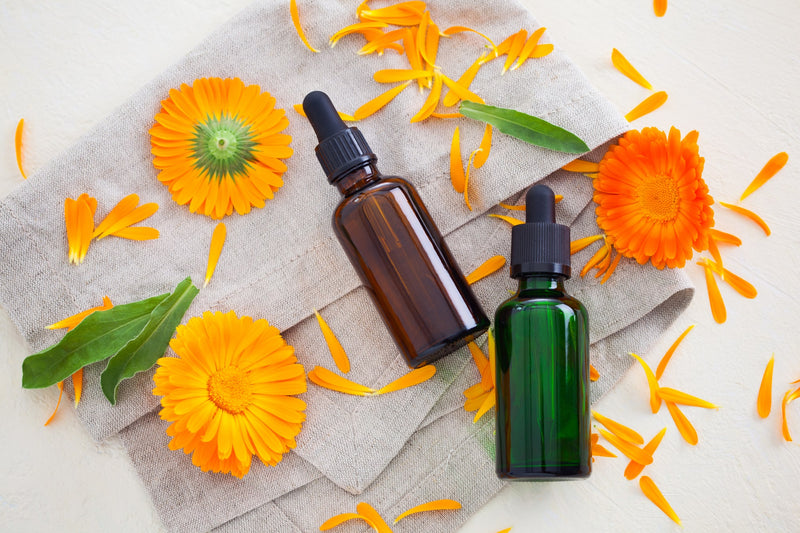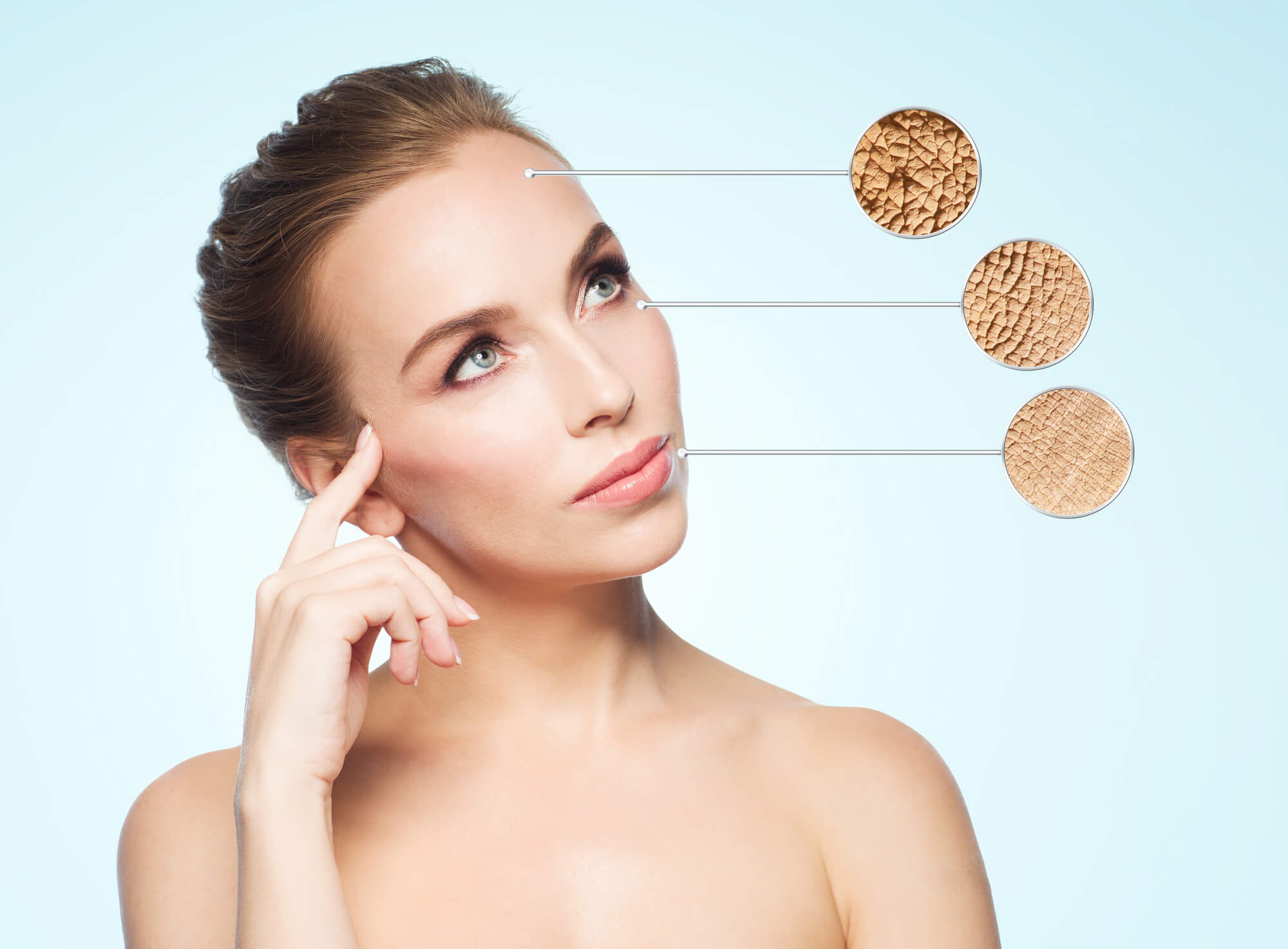Marigold extract for skin whitening
Calendula extract, also known as marigold extract, is frequently used in skincare products because of its many skin-friendly qualities. This extract is made from the marigold plant, which is native to Europe but is now grown all over the world. Marigold extract is a fantastic option for treating a variety of skin problems because it has anti-inflammatory, antimicrobial, and antioxidant properties. Here, we'll look at the benefits of marigold extract for the skin, how to incorporate it into your skincare routine, and any precautions you should take.
What Is Marigold Extract?
Marigold extract is derived from the petals of the marigold flower and contains a variety of bioactive compounds. These include flavonoids, triterpenoids, carotenoids such as lutein and zeaxanthin, saponins, and essential oils. Together, these compounds contribute to the extract’s antioxidant, anti-inflammatory, antibacterial, and skin-soothing capabilities. While it’s often associated with wound healing and skin repair, marigold’s potential in the area of skin whitening is gaining attention thanks to several promising studies.

Understanding How Skin Whitening Works
To understand how marigold extract helps with skin whitening, it’s important to first understand how skin pigmentation works. Melanin, the pigment responsible for our skin tone, is produced by cells called melanocytes. A key enzyme involved in melanin production is tyrosinase. Overactivity of tyrosinase can lead to dark spots, hyperpigmentation, and uneven skin tone. Many whitening products aim to inhibit this enzyme. However, synthetic compounds like hydroquinone, though effective, can have harsh side effects. Natural alternatives like marigold extract offer a gentler, safer approach to brightening the skin.
The Top 7 Benefits of Marigold Extract for the Skin
Marigold extract, also known as calendula extract, has many benefits for the skin, including:
-
Anti-inflammatory properties: Marigold extract has anti-inflammatory properties, which can help soothe and calm irritated skin. It can also lessen the redness and swelling brought on by eczema, acne, and other inflammatory skin conditions.
-
Effects of antioxidants: The high antioxidant content of marigold extract can help shield the skin from free radical injury brought on by pollution, UV rays, and other environmental stressors. This can enhance the general health of the skin and prevent premature aging.
-
Wound healing: Marigold extract has been used for centuries to promote wound healing. It can help prevent infection thanks to its antibacterial and antifungal properties, and it can hasten the healing process by stimulating blood flow to the injured area.
-
Hydration: Marigold extract has moisturizing properties that can help hydrate the skin and improve its texture and elasticity. This can be especially beneficial for dry or mature skin.
-
Brightening: Marigold extract can lighten skin tone and lessen the visibility of dark spots and hyperpigmentation. It can also help even out skin tone and give the complexion a more youthful, radiant appearance.
-
Anti-aging: Marigold extract can encourage the production of collagen, which can help lessen the visibility of wrinkles and fine lines. It can also help improve skin firmness and elasticity, giving the skin a more youthful appearance.
-
Soothing: Marigold extract has a calming and soothing effect on the skin, making it ideal for sensitive skin types. It can also help reduce skin irritation and redness and improve overall skin health.

How to Use Marigold Extract in Skincare
Marigold extract is found in a variety of skincare products, including facial serums, toners, masks, and moisturizers.
The marigold extract can be used in a variety of ways in your skincare routine:
-
Use a marigold-infused moisturizer or serum: After cleansing your skin, look for skincare products that contain marigold oil or extract.
-
Make a marigold tea toner: Brew a strong marigold tea and allow it to cool. You can spray it on your skin or apply it with a cotton ball.
-
Create a DIY marigold face mask: Mix marigold extract or oil with other ingredients such as honey, yoghurt, or oatmeal to create a nourishing and soothing face mask.
-
Add marigold extract to your bath: Mix a few drops of marigold extract into your bathwater for a relaxing and skin-soothing soak.
-
Apply marigold-infused oil: Marigold-infused oil can be used as a body oil or added to your bath for added moisture and skin nourishment.
-
Use marigold extract as a spot treatment: Apply a small amount of marigold extract directly to any areas of concern, such as acne, dry patches, or hyperpigmentation.

Is Marigold Extract Safe for All Skin Types?
Marigold extract is suitable for all skin types, including sensitive and acne-prone skin. Its gentle, calming properties make it a great addition for those struggling with:
-
Uneven skin tone
-
Dark spots
-
Post-acne marks
-
Sun spots
-
Dullness and dehydration
However, as with any skincare ingredient, it’s important to patch-test new products containing marigold extract to rule out allergic reactions.

Conclusion
Natural ingredients like marigold extract can have a number of positive effects on the skin, such as calming and anti-inflammatory effects, as well as anti-aging and brightening effects. Its adaptability makes it an excellent addition to any skincare routine, and it can be used in a variety of ways, including DIY face masks and incorporation into store-bought products. Use marigold extract responsibly and with the appropriate dilution to prevent any adverse reactions. As with any new skincare ingredient, a patch test is advised before using it on the entire face.
References
-
Moghaddasi, M. S., & Kashani, H. H. (2021). Calendula officinalis and its skin applications: a review. Journal of Ethnopharmacology, 273, 113609.
-
Palombo, P., et al. (2012). Beneficial Long-Term Effects of Oral Lutein and Zeaxanthin on Human Skin. Skin Pharmacology and Physiology, 25(2), 106–112.
-
Preethi, K. C., & Kuttan, R. (2009). Wound healing activity of flower extract of Calendula officinalis. Journal of Basic and Clinical Physiology and Pharmacology, 20(1), 73-79.

